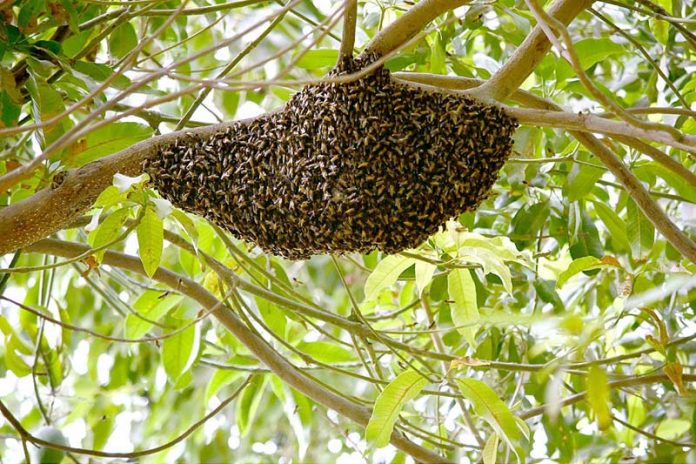BEIJING, The production of Pakistani honey has the potential to rise ten-fold, said a report released by the China-Pakistan Agricultural and Industrial Information Cooperation Platform (CAPIC).
In Pakistan, honey industry has favorable reputation and huge potential in making people’s life sweeter. Endowed with rich bee species and flower plants, Pakistan can and should go further in this industry.
The honey produced in Pakistan is recognized as one of the most valuable types of honey in the world. The studies have proven that the quality of most natural raw honey of Pakistan meets all requirements of international standards.
But the potential of this lucrative industry has not been fully unleashed restricted by low yield and low prices. In 2019, each beekeeper brought 11.7 kg of honey in Pakistan on average, while the world average is 20.6 kg. Nectariferous plants falling victim to pesticides, absence of modern technologies, and lack of certification system are adding a taste of bitter to apiculture, CEN reported.
In this regard, China’s experience is worth being drawn on. China is the largest honey producer in the world all these years. With the promulgation of national policies on supporting beekeepers’ professional cooperatives and the gradual adoption of scientific beekeeping, the beekeeping industry is increasingly organized and scaled up.
As stated in the CPAIC report, a lot of local governments in China have chosen apiculture since 2013 as a method of poverty alleviation and rural revitalization. China is willing to share experiences and techniques with Pakistan on large-scale apiculture, nectariferous plant growing, bee breeding, etc.
In Pakistan, honey exports only take up 20 percent of total production. If the industry is modernized, the sales will boost by around 20 folds.
While introducing techniques and production modes from China, Pakistan can export by-products to the Chinese market such as bee milk and beeswax, which can create far higher values than honey.
“The government can intervene in beekeeping areas, develop the industry value chain, and connect beekeepers with regional and national markets,” recommended the CPAIC report.
Studies have found that more than 59 percent of beekeepers sell their honey to merchants who come to the beekeeping area from other areas, and 32 percent directly sell their honey in the local market. In both scenarios the prices the beekeepers get are rather low.
Eventually, traders will buy honey from the middlemen and sell them at a relatively high price. Only 9 percent of beekeepers directly sell their honey to traders.
The report also suggests incorporating brand awareness and standardized packaging methods into the development of the overall value chain. About 96 percent of beekeepers do not have proper branding and packaging when selling honey, which can lead to non-compliance with relevant standards.
Beekeepers management is also an important step to enhance honey production. In China, beekeepers who join cooperatives earn 20 percent more than those who do not. In Pakistan alike, guidance should be provided to companies and individual beekeepers to help the honey products meet international standards and consumers’ expectations.
FAO statistics show that about 390,000 people in Pakistan are involved in beekeeping. They produce over 4,000 tons of honey annually. However, if modern production technologies and standard production procedures are adopted, the country’s honey production is expected to surge to 70,000 tons a year and create about 87,000 green jobs.
Follow the PNI Facebook page for the latest news and updates.








